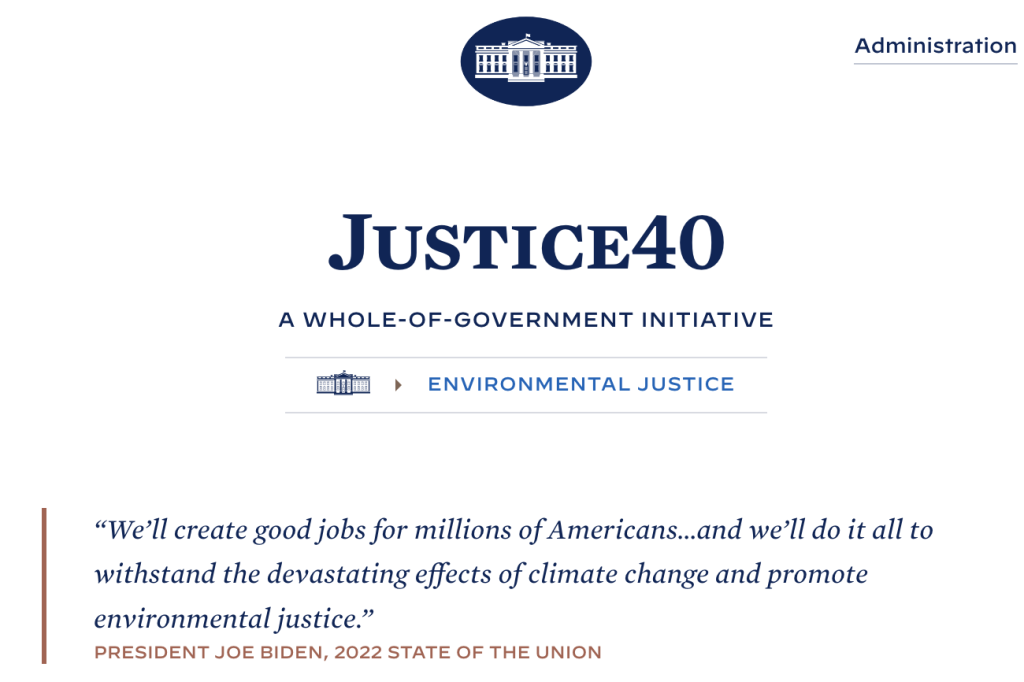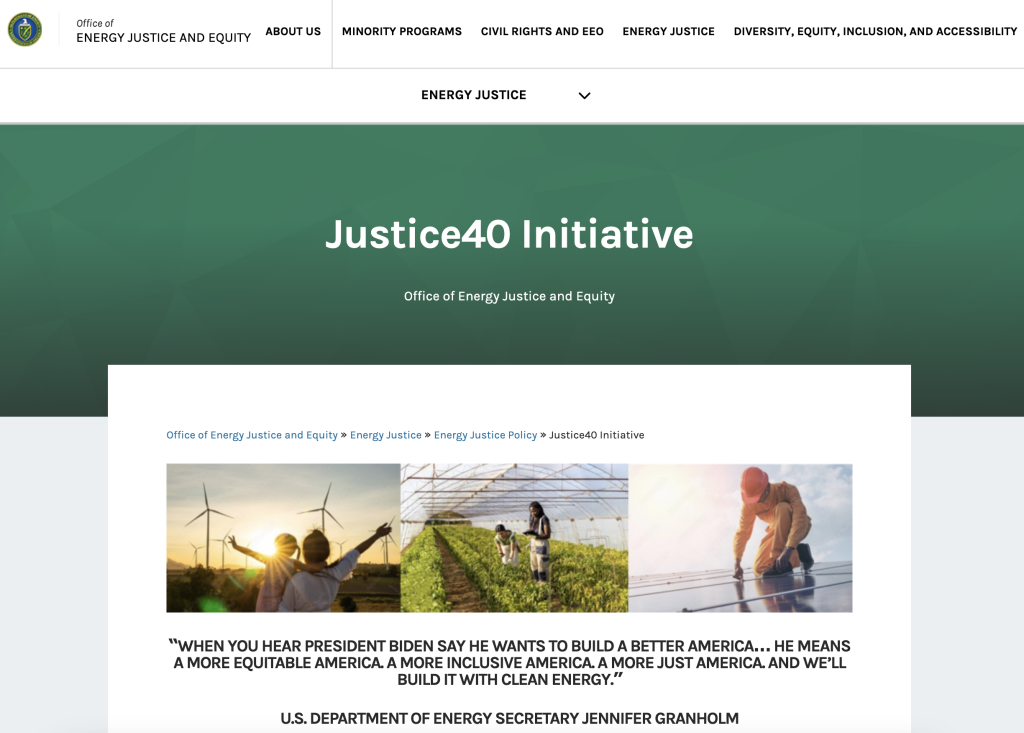
Please Follow us on Gab, Minds, Telegram, Rumble, Gettr, Truth Social, Twitter
Governor Ned Lamont is thrilled about the announcement made by the U.S. Department of Energy (DOE) that it has selected the Power Up New England proposal submitted by Connecticut and its neighboring New England states to receive an award of up to $389 million through the second round of the Bipartisan Infrastructure Law’s competitive Grid Innovation Program (GIP).
Power Up invests in regional electric infrastructure, including upgrades to points of interconnection in Southeast Massachusetts and Southeast Connecticut to ready the onshore transmission system for up to 4,800 megawatts of additional offshore wind. Power Up will also deploy a battery energy storage system in Northern Maine to enhance grid resilience and optimize the delivery of renewable energy. Together, the investments are expected to provide New England with access to thousands of megawatts of offshore wind, greater resource diversity, increased reliability, lower consumer costs and reduced greenhouse gas emissions.
Lamont is excited about "equitably and affordably" transitioning to an allegedly "cleaner and more reliable grid.”
Senator Richard "Danang Dick" Blumenthal hinted at climate change in his comments, alleging that severe weather events are increasing in number and intensity. He said the funding "will strengthen our grid and power system to reduce these outages, while advancing our goals of reducing greenhouse gas emissions, expanding clean energy, and lowering costs for consumers."
U.S. Congressman John B. Larson says Connecticut will be able to "address climate change" and "harness the power of offshore wind" with the funding.
“One of our most important tools in the fight against the existential threat of climate change is investing in our energy resources,” said U.S. Congresswoman Rosa DeLauro.
U.S. Congressman Jim Himes said the investment would bring costs down for consumers... so would eliminating that outrageous Public Benefit tax!
U.S. Congresswoman Jahana Hayes was grateful for the Biden-Harris administration's "continued leadership on climate action."
"Connecticut’s energy future is predicated on the expansion of zero-carbon generation sources like solar and wind," said State Rep. Jonathan Steinberg (D-Westport), showing he's in alignment with the globalists at the World Economic Forum who are calling for a "net zero carbon" future.
The portion of the Community Benefits Plan directly impacting Connecticut includes $4 million to establish the Connecticut Institute for Clean Energy at the University of Connecticut. The Institute will help to expand the sustainable energy workforce in the state and region through scholarships, real-world engagement on offshore wind projects, and certificate programs relating to offshore wind, with a focus on engagement with individuals from underrepresented and disadvantaged backgrounds.
A further $1 million will be allocated for direct community benefits to the host communities, focusing on the key principles of community and labor engagement, diversity, equity, inclusion (DEI), and the Justice40 Initiative, which came about when Biden signed Executive Order 14008 to advance "environmental justice."

The Justice40 Initiative is about ensuring "equitable distribution" of the benefits for many Federal programs in addition to the DOE, including the Departments of Agriculture, Commerce, Homeland Security, Housing and Urban Development, Interior, Health and Human Services, Labor, Transportation, Veterans Affairs, the Army Corps of Engineers, the EPA and more.
The Justice40 Initiative directs 40% of the overall benefits of certain Federal investments – including investments in clean energy and energy efficiency; clean transit; affordable and sustainable housing; training and workforce development; the remediation and reduction of legacy pollution; and the development of clean water infrastructure – to flow to disadvantaged communities (DACs) for the sake of equity.
You can find out if you live in an area considered to be a DAC by checking out this map.

